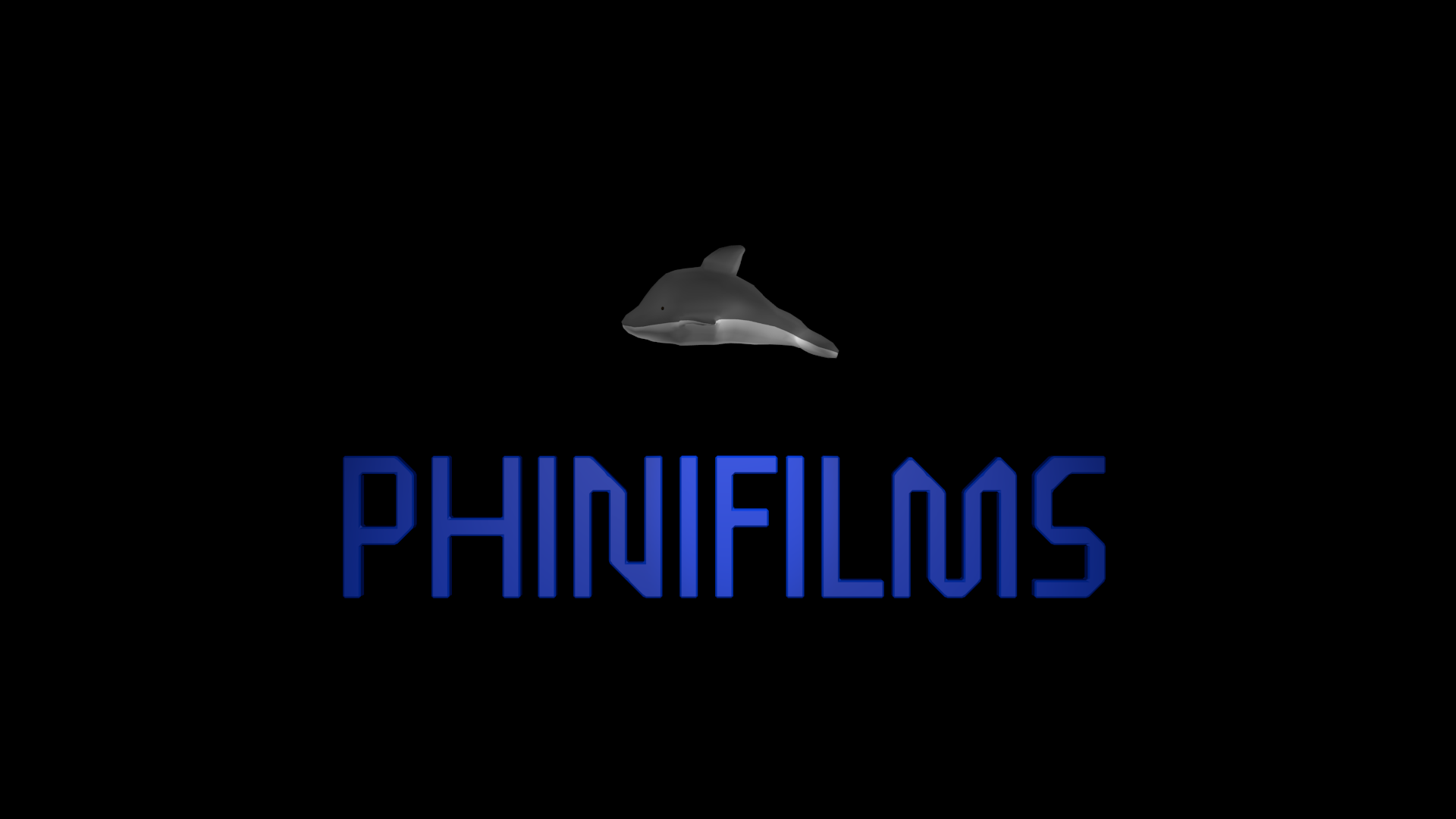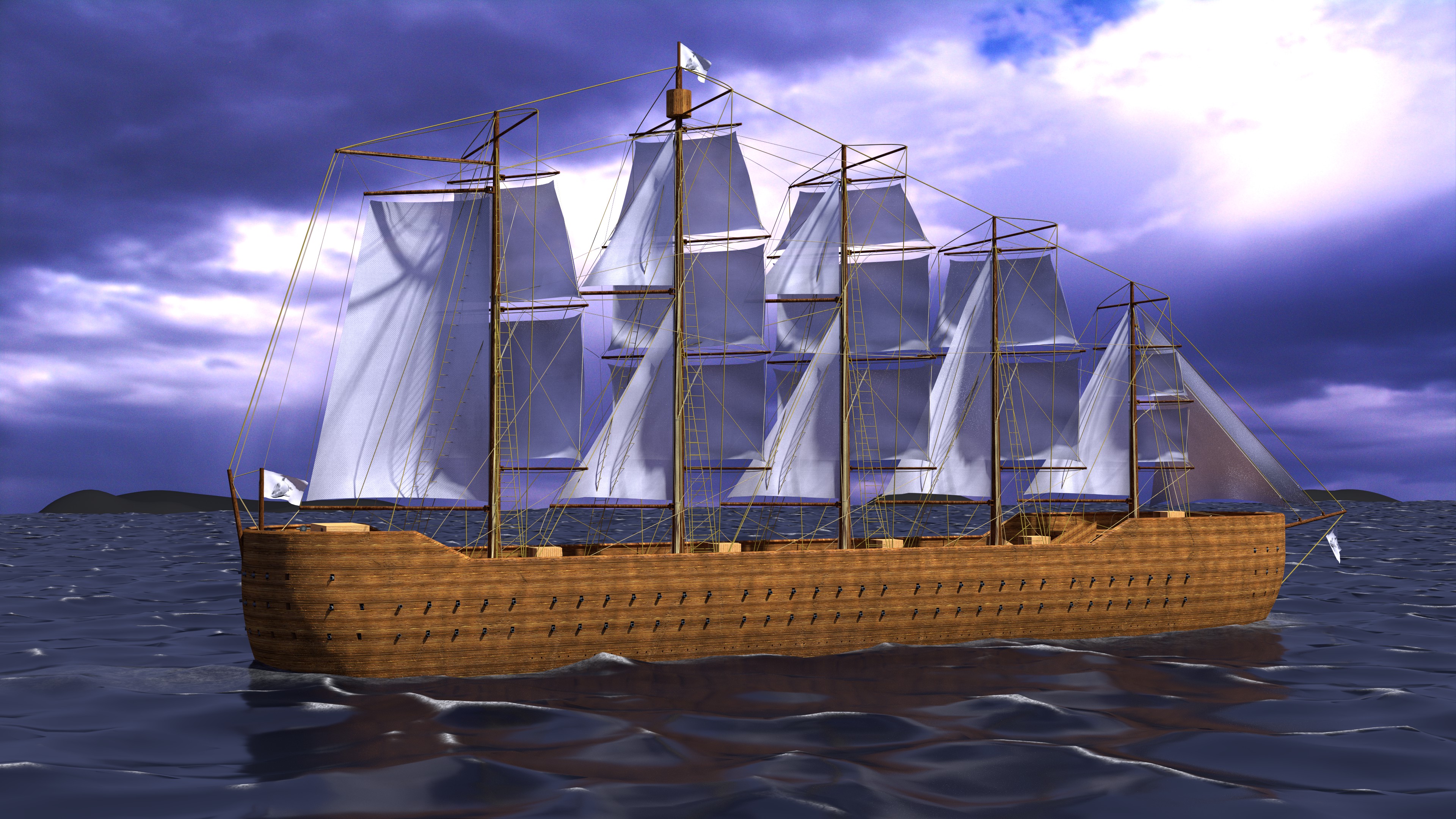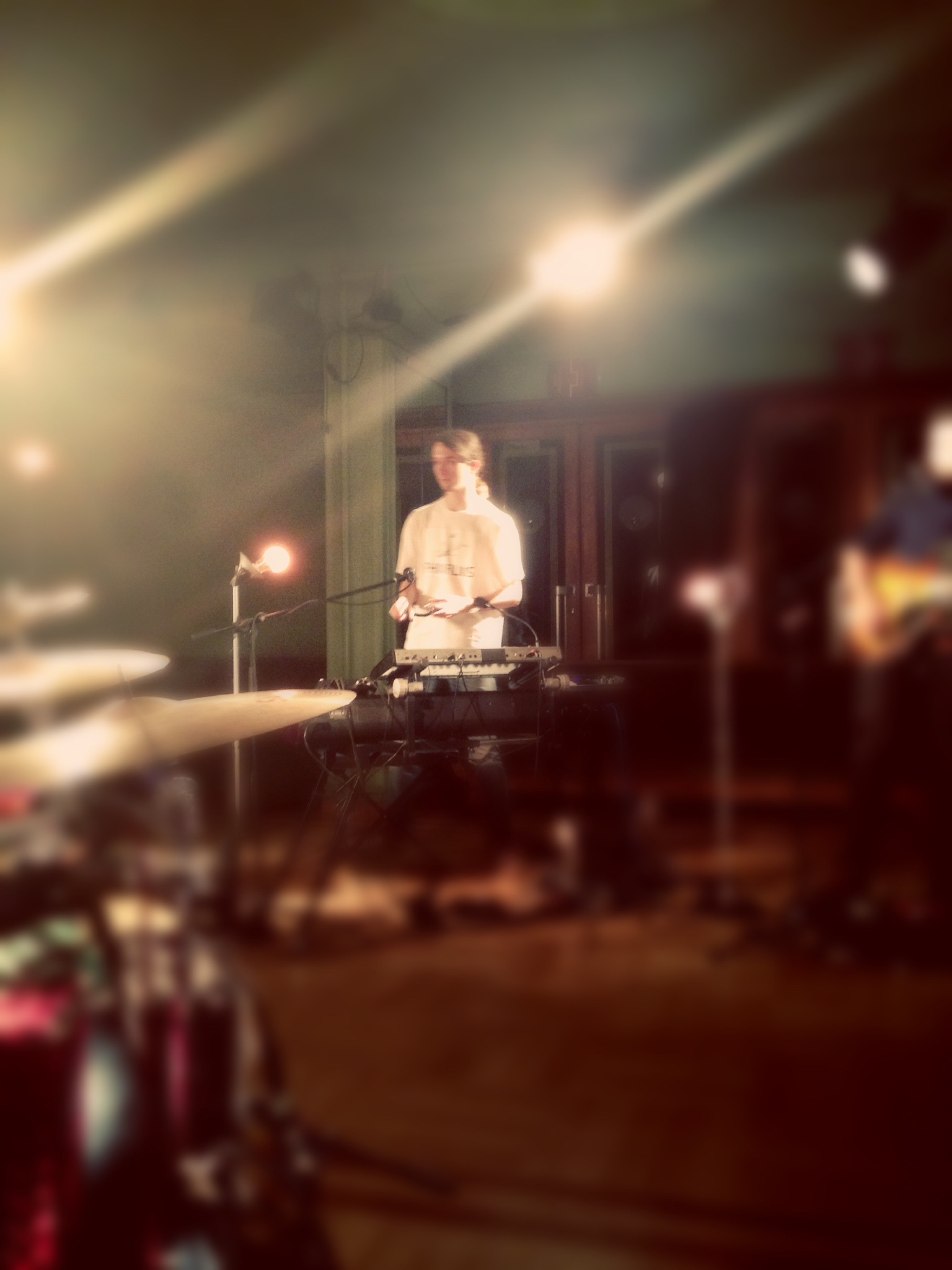My equipment:
Dies ist die englische Version der Equipment-Seite.
Um zur deutschen Version zurückzukehren, klicke bitte hier.
Slate
The first slate is made of a floor board, two pieces of metal as joint, another piece of wood and blackboard film.The second slate consists of a plastic board and a foil.

additional pictures will follow...
Camera
For some time now I’m a proud owner of a Pocket Cinema Camera by Blackmagic Design (short: BMPCC). As lenses I use old manual Pentax-glass via an adaptor. That works pretty fine; the lenses still have a very good quality, and working with them is a dream (especially compared to modern cheap plastic lenses). The handling of the camera is very simple, too. It’s actually quite minimalistic; but don’t get me wrong: There are (nearly*) all essential functions available and at hand, but not more. No unneeded automatics, no deep menues etc. But that gets totally beaten by the quality of the shots you get with this camera! I don’t even want to talk about sharpness which is complimented by all the others; I can’t actually see that much of a difference compared to other cameras. Sure, the image is sharp, but not extremely. But maybe that is due to my old lenses. Whatever. The dynamic range is by all means overwhelming, the flat image profile is very useful, and I’ve never seen so few artefacts in a video from a camera of even nearly that price. Just to make it clear: At least when recording in ProResHQ there are literally none!
But that gets totally beaten by the quality of the shots you get with this camera! I don’t even want to talk about sharpness which is complimented by all the others; I can’t actually see that much of a difference compared to other cameras. Sure, the image is sharp, but not extremely. But maybe that is due to my old lenses. Whatever. The dynamic range is by all means overwhelming, the flat image profile is very useful, and I’ve never seen so few artefacts in a video from a camera of even nearly that price. Just to make it clear: At least when recording in ProResHQ there are literally none!The only thing that really bothers me, and which is why I am almost regretting the buy of the cam a bit (but just a very tiny bit), is the small sensor size and the "crop factor" caused by that. This can be really annoying, especially when shooting with old glass with the smallest focal length of 28mm, what due to the crop becomes an equivalent of roughly 85mm. But I have to live with it, because for that price there simply isn’t another camera with this incredible image quality.
*at this time there are still some features missing that I would like to have, e.g. in-camera-formatting & deleting of clips, different aspect ratios and such things. But none of that is essential for life nor for filmmaking; it would just be nice to have, and I really wish that it will be brought out with some later firmware update.
//Edit: In the meantime in-camera-formatting as well as a broader variety of codecs have been added via firmware update.
//Edit II: Meanwhile, different frame guides have also been delivered with an update.






additional pictures will follow...
Lenses
Currently, I own the following lenses to use in combination with my BMPCC:Pentax-K-glass:
- MC Soligor C/D 28mm f/2.8
- Pentax-M 50mm f/2.0
- MC Soligor S/M 35-70mm f/3.5-4.0
- Auto Revuenon MC 70-210mm f/4.0
M42-glass:
- Porst MC 35mm f/2.8
MFT-glass:
- Olympus M.Zuiko Digital 14-42mm f/3.5-5.6 II R




Camcorder
My camcorder is mainly used for documentation purpose. The HDC-SD300 E-GK by Panasonic records in Full HD at 50 fps interlaced. It has many manual functions (iris, whitebalance, shutterspeed) and both automatic and manual focus. And it has a microphone in- and a headphone output, an accesory shoe, a 43mm-filter thread plus a 1/4''-screw thread with videopin.




Tripods
Some of the equipment I didn't built myself are my tripods.Manfrotto 502
My biggest, most stable, most expensive and simly best tripod is by Manfrotto, it consists of the tripod legs MVT502AM the fluid head MVH502A.









Ultrapod II
The smallest one which has a small ball head can be mounted nearly everywhere.
Cullmann Alpha 2500
The Cullmann Alpha 2500 is cheap, lightweight and very compact when broken down, but extended it reaches a valuable height. But it only has a fricton head what makes it difficult to impossible to get smooth pan and tilt shots.

Jib
Out of a Christmas tree stand, one short and one long balk, three short bars, some screws and bands and an old barbell (previously a sack full of gravel) I buld a jib, with which one can make pretty cool shots. Meanwhile I mounted a Cullmann CB7.1 ball head as camera mount which makes it easier to position an level the camera on the jib.














Dolly
The rail dolly was made out of an old pair of inline skaters (or rather the wheels of them), two halves of an aluminium profile, a big wooden plate and some screws, the tracks are also aluminium profiles. It is big enough to place both a tripod and a a chair for the camera operator on it.In the near future a short example video of how the dolly looks and works will be released.





Outdoordolly (trolley)
An old handcart was rebuild into an outdoordolly. It's easy to mount the jib on it, what makes it easy to transport it from one filming position to another. It's also possible to do longer camera moves with it, e.g. on the street, also with the jib mounted. And it is of course really handy to transport other filming equipment with the trolley, e.g. to the filming location.





Shoulder Rig
A Rig made from different components, which works great and hasn't cost much. The rod clamps, the shoulder pad, the c-arm and the quick release system are bought online, the 15mm rods at the hardware store and the handles are old bike handles.









Old Rig
This early version of the shoulder rig doesn't exist anymore, it has been reconfigured (see above).






Handle grip
In different situations it is recommendable to use the camera mounted on the X-GRIP by Opteka. At least in scenes with much action, e.g. filmed from a bike or on inline skaters, it's really practically to film with the X-GRIP. It's also suitable for shootings to which you can't carry that much baggage. It also has an accesory shoe and a 1/4''-screw thread at the bottom side.Due to the fact I now own a way more complex camera rig I rarely use it, but it's still good when size and weight of the used equipment is important.

Audio
Microphone
My microphone is a VideoMic by Røde. It has a stereo audio jack (3.5mm) and is mountable via an accesory shoe. The mic is mechanically decoupled, but unfortunately it has a hearable ground noise. Never the less the sound quality is really good. Attention: to use this mic a nine-volt batterie is required (it's also possible to use a rechargeable battery).
additional pictures will follow...
Audio Recorder
When it is not reasonable to plug the microphonedirectly directly into the camera, or when we need some really good sound, we record the sound with an H1 Handy Recorder by Zoom. Besides a microphone input and a headphone jack it also has a built-in stereo mic. However, it's just able to record one of the two signals (intern/extern) at the same time. The recorder has many settings, e.g. mp3/wav-recording, input level (and auto level), bitrate and the ability to hear the recorded sound over headphones or the build-in speaker. It records onto a micro SD card.
Editing system
My editing computer is a Z210-workstation by Hewlett-Packard. The processor is a Core 2 Quad by Intel with 4 X 3.2GHz and 16Gb of RAM.My backup computer is a xw4600-workstation, also by HP, with a Intel Core 2 Douwith 2 X 2,1GHz, 8Gb of RAM, as well as a Quadro FX 2000 by NVIDIA.
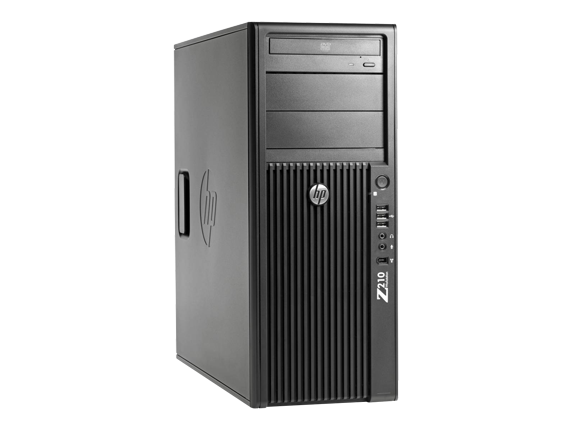
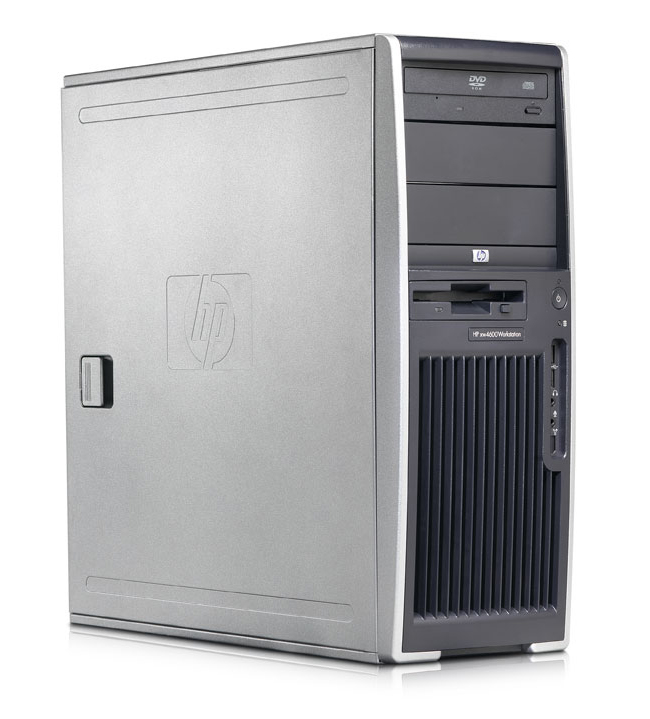
Periphery:
I use: a PS/2-keyboard by HP (KB-0316), a PS/2-mouse by HP, a 3D-mouse by 3Dconnexion (SpacePilot), a desk lamp by IKEA and two ACER-screens (x203w & AL1912).Software:
Apart from the Windows-7 operating system (Prof, 64bit; I try to change to UbuntuStudio [Linux]) I only use free software. The main program is Blender, I edit and color-grade with it, design image effects and VFX, single pictures and (titel)animations. I also use: Gimp, Audacity, Celtx, ffmpeg & WinFF and DVD-Styler.


Lighting
It's time to look after my lighting gear. In the near future I plan buying some lamps as well as some rigging equipment.Until now I own:
- A Mic Stand, aka as "Poor-Man's C-Stand"
- Two Light Stands Millenium LST-250
- Four Manfrotto Super-Clamps
- A Manfrotto Rapidadapter
- Several Studs from Manfrotto und Adam Hall
- Several Lee light gels:


- 201 Full- & 202 Half-CTB (Color Temperature Blue)
- 205 Half-CTO (Color Temperature Orange)
- 250 Half- & 252 Eight-White-Diffusion
- 253 Hampshire Frost
- 021 Gold Amber
- 085 Deeper Blue
- 213 White Flame Green
- A DIY 2x2m frame from PVC-pipes [lining: bed sheet (diffusion)]
- A DIY 1x1m frame from wooden bars [lining: Molton (flag)]
- Some sandbags (self-sewed)
- Black molton for flags and negative fill
- Styrofoam boards as reflectors
- A roll of black wrap





